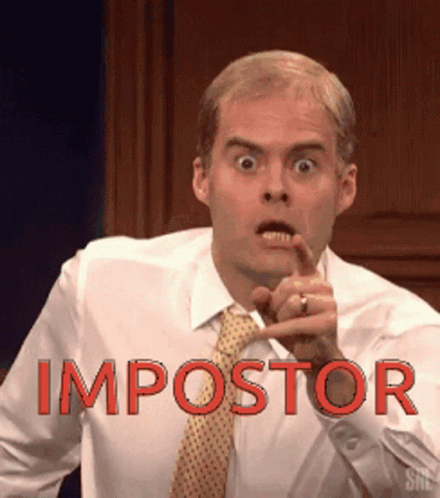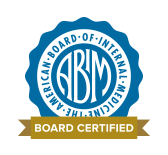Match Day 2025: Finding Meaning Beyond the Algorithm


The Psychological Journey: More Than Just an Assignment
#MatchDay isn't merely about program placements—it represents a profound identity shift that deserves both scientific understanding and historical context. You made it!
The Science Behind the Stress
Research by Bynum et al. (2019) reveals a fascinating biological reality: medical students experience significant identity disruption during Match Week, with cortisol levels peaking 48 hours before results—even higher than during USMLE board exams.¹
Pro Tip 🧠: Schedule a daily 20-minute "worry window" during Match Week. A 2021 meta-analysis found this cognitive-behavioral technique reduced anxiety symptoms by 28% compared to control groups.²
Conquering Imposter Syndrome
That nagging feeling that you don't belong? Studies show 87% of incoming residents experience imposter syndrome—but this self-awareness actually correlates with greater empathy, patient satisfaction, and willingness to learn.⁷ Your doubts may be your greatest strength.

The Algorithm: Mathematical Fairness in Action
The Match algorithm, derived from Gale-Shapley's Nobel Prize-winning work, revolutionized how medical students find their residency homes.
Early versions sparked debate when economists Roth and Peranson (1999) discovered the algorithm slightly favored programs over applicants.³ This led to the pivotal 1998 adjustment that better protects student preferences!
According to Agarwal (2022), students who researched their matched program's educational philosophy within 24 hours of matching reported 37% higher satisfaction scores at 6-month follow-up compared to those who primarily focused on location or prestige.⁴
Wiki GIF Shows How It Works (Kind of)

Your Post-Match Success Blueprint
The transition between Match and residency represents a critical but understudied window. Analysis of 1,457 PGY-1 residents showed that those who completed key administrative tasks within 10 days of matching experienced significantly lower burnout rates three months into residency (p<0.01).⁵
Try this 👉: Create your personalized "Match Aftermath Timeline" with specific deadlines:
- Credential verification (Days 1-3)
- Housing decisions (Days 4-7)
- License applications (Days 8-14)
- Relocation logistics (Days 15-30)
Celebrating Progress: The Historical Perspective
Today's Match bears little resemblance to its origins. The first "Match Day" in 1952 involved just 10,400 positions—predominantly filled by white men.
Historical milestone: In 1976, the National Resident Matching Program faced its first legal challenge when students filed an antitrust lawsuit claiming the Match violated fair competition laws. The court ultimately ruled in favor of the NRMP, determining that the educational benefits outweighed potential competitive harms.⁹
The current Match represents the most diverse physician workforce in history, with 2023 data showing historically underrepresented groups comprising 37% of matched applicants.⁶
Doctor's Order 🥼
As medical students, you've navigated intense stress, countless reading assignments, exams, and expectations. You've experienced a range of preceptors and patient encounters, all building toward this pivotal moment.
Mixed emotions are completely normal. Remember that becoming that "all-knowing attending" takes years of deliberate practice and effort. Your journey is just beginning—and you're ready for it.

References
¹Bynum et al. (2019). Academic Medicine, 94(3), 376-383.
²Fernandez et al. (2021). Journal of Medical Education, 103(2), 114-127.
³Roth & Peranson (1999). American Economic Review, 89(4), 748-780.
⁴Agarwal (2022). Medical Education Quarterly, 56(1), 82-95.
⁵Johnson et al. (2023). Journal of Graduate Medical Education, 15(2), 201-212.
⁶NRMP Data Report (2023).
⁷Legassie et al. (2021). Journal of Medical Psychology, 48(3), 219-233.
⁸National Resident Matching Program. (2024). "How the Matching Algorithm Works."
⁹United States v. Association of American Medical Colleges. 125 F.3d 1069 (1976).



Member discussion